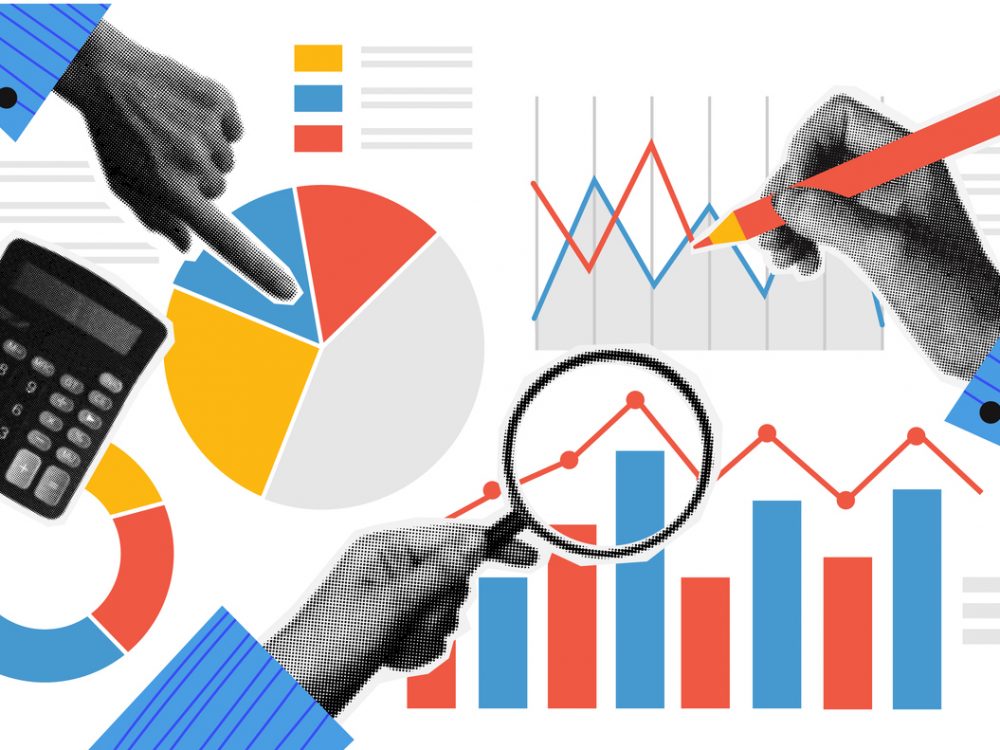Designing a Human-Centered Data Revolution
At the heart of the Sustainable Development Goals is the need to ensure that nobody is left behind. To help us advance from the MDG paradigm of “halving global poverty” to the SDGs’ “end[ing] poverty in all its forms everywhere,” calls for a “Data Revolution” grow more persistent and powerful. From open to real-time, and from big to small, a data revolution has the potential to improve development effectiveness.
But how can we ensure that the revolution we stage is the revolution we need? At the provider level, by focusing on the importance of accessibility, language, and context; but more broadly as a data community, we need guiding principles to help focus our investments and collective efforts.
Here are a few of our thoughts on these principles based on DG’s own experience and learning:
- Data for what? Data are critical for monitoring progress toward the SDGs. But while collecting data points for retroactive analysis is important, data’s greatest value comes a few steps sooner in the causal chain. Having timely, high quality, and appropriate data – as well as an agile and adaptive programmatic approach – could make a world of difference in real-time decision-making, and program and policy impact. From allocating resources, to evaluating programs, to creating policies, having a well-defined and maintained data can move us from monitoring to driving progress.
- Data for whom? Communicating the right data, through the right presentation method, is a challenge. Those designing data sets and standards must often juggle the needs of many potential audiences. These balancing acts often result in unwieldy datasets that combine valuable data with “noise” in the form of marginal value fields requested by a small minority that limit usability. These fields are then often left unpopulated by data publishers, reducing the value of an entire dataset. Identifying the core needs of data users will allow the development community to focus on quality and completeness of those fields first – creating a usable and useful dataset.
- Understanding data use. For data to move us toward the SDGs, it must be used and used well. Throughout the MDG era, investments in data and open data soared. But creating cultures of and incentives for data use has only recently become a priority of the development data community. Recent research has begun to disseminate lessons learned on the impacts and uses of open data. Upcoming DG research aims to add lessons on the use and creation of results data, and to rigorously test programs that attempt to increase data use among country governments and other stakeholders. A final piece of this puzzle would be better understanding the role and effectiveness of open data intermediaries in disseminating data-driven products broadly and inclusively.
- Quality, not quantity. Last – but not least – data that are wrong, incomplete, or out of date do no good for anybody, anywhere. This includes data unaccompanied by metadata or documentation to help users identify flaws. These flawed sets can do serious harm by misinforming data driven decision-makers and contributing to flawed policies. We need to shift our focus from the quantity of data, to the quality of data.
We are pleased to see increased focus within the data revolution on country systems for statistics, public financial management, and results management for more effective governance and more reliable statistics on SDG investments and progress. With DG’s recent decision to sign on as a “Champion” in the Global Partnership for Sustainable Development Data (GPSDD), we are looking forward to engaging with this new community where challenges of data design, uptake, and use can be discussed, learning shared, and investments and commitments focused.
Would you like to help shape the data revolution? Join DG and the GPSDD community members at the OpenGov Hub today and tomorrow as we brainstorm goals and opportunities for the years to come!
Image from Enviu under CC license.
Share This Post
Related from our library

From Data to Impact: Why Data Visualization Matters in Agriculture
This blog explores why data alone isn’t enough; what matters is turning it into usable insights. In agriculture, where decisions have lasting impacts, user-friendly tools help farmers and policymakers alike make better choices.

Harnessing the Power of Data: Tackling Tobacco Industry Influence in Africa
Reliable, accessible data is essential for effective tobacco control, enabling policymakers to implement stronger, evidence-based responses to evolving industry tactics and public health challenges. This blog explores how Tobacco Industry strategies hinder effective Tobacco control in Africa, and highlights how stakeholders are harnessing TCDI Data to counter industry interference.

Economic Toll of Tobacco-Related Diseases in Kenya: New Research Findings
Development Gateway: An IREX Venture (DG) is pleased to announce the publication of a research manuscript on the Economic Costs of Tobacco-Related Illnesses in Kenya. This research was carried out as part of the Tobacco Control Data Initiative (TCDI) activities in Kenya and is part of a broader report on Morbidity and Mortality from Tobacco Use in Kenya.